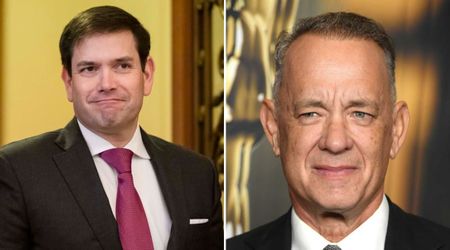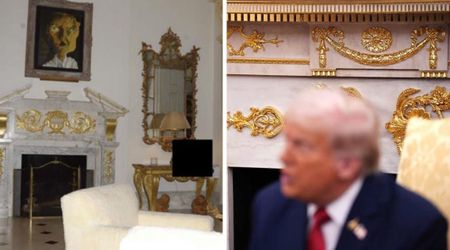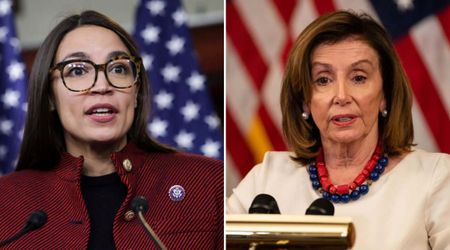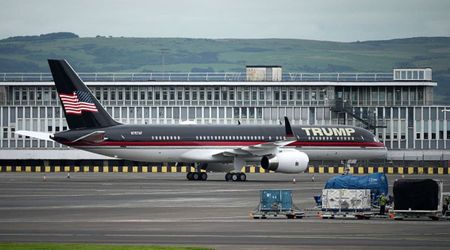Fact Check: Did Biden’s $42B BEAD broadband program connect zero people to the internet?
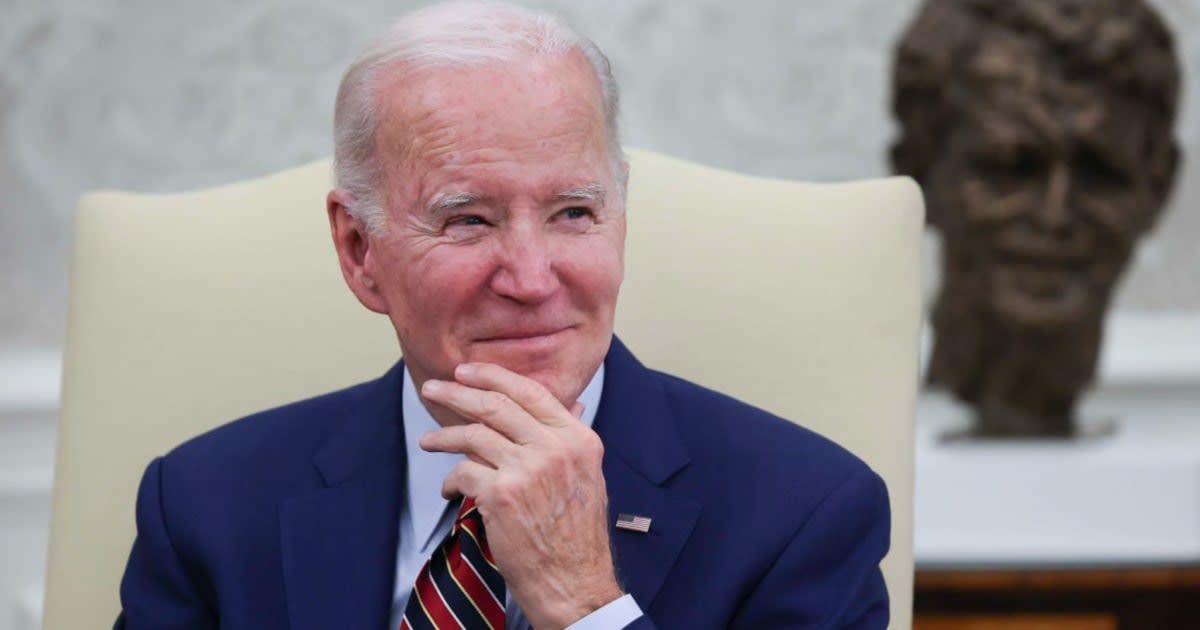
WASHINGTON, DC: A viral October 2025 social media post claimed that the Joe Biden administration spent $42.45 billion on the Broadband Equity, Access and Deployment (BEAD) program, allegedly connecting no one to the internet.
The claim resurfaced in November as the Trump administration’s White House ballroom plans ignited partisan outrage, with supporters using BEAD to criticize Biden-era spending.

Claim: Biden’s $42.45B BEAD program connected zero people to the internet
The viral X (formerly Twitter) post read: “The Biden Administration spent $42.45 billion on the Broadband Equity, Access and Deployment program. Kamala was in charge. It connected 0 people to the internet.” Screenshots spread across Threads and Facebook, with Snopes readers asking whether the statement was true.
The Biden Administration spent $42.45 billion on the Broadband Equity, Access and Deployment program.
— C3 (@C_3C_3) October 25, 2025
Kamala was in charge.
It connected 0 people to the internet.
But tell me more about President Trump’s ballroom…
The post correctly stated the amount allocated to the program, and it correctly noted that BEAD had not yet connected anyone to high-speed internet as of November 2025.
Fact Check: The claim is misleading
However, critics framed this as evidence of failure without context. BEAD was never designed to immediately connect households; instead, it was structured as a multi-year federal-state infrastructure project requiring detailed planning, proposals and federal approvals before deployment could begin.
States were first allocated funding in 2023, but they could only access 20% until final proposals received approval. Those approvals didn’t begin until April 2024, and additional delays were triggered when the Trump administration overhauled the program in 2025.
BEAD’s timeline always projected that construction would begin around 2025-2026, a point emphasized by National Telecommunications and Information Administration (NTIA) head Alan Davidson as early as May 2024, when he said he expected “shovels in the ground” in 2025 or 2026.
As of November 18, 2025, the NTIA had approved 18 final proposals from states and territories, triggering the release of the remaining 80% of funds and marking the point when actual construction could begin. Some states announced they were weeks away from groundbreaking.
Louisiana said it would begin work “in the next several weeks,” while Virginia projected actual construction to start in 2026.

Trump administration’s June 2025 changes to BEAD forced states to rewrite and resubmit proposals. That revision process, critics argue, slowed progress by nearly a year.
Additional context: A political fight over the program’s slow rollout
The dispute over BEAD became a political proxy war.
Republicans, including Senate Majority Leader John Thune, blamed Biden for creating what he called a “progressive wish-list” program bogged down with “climate mandates, labor requirements and rate regulation.”
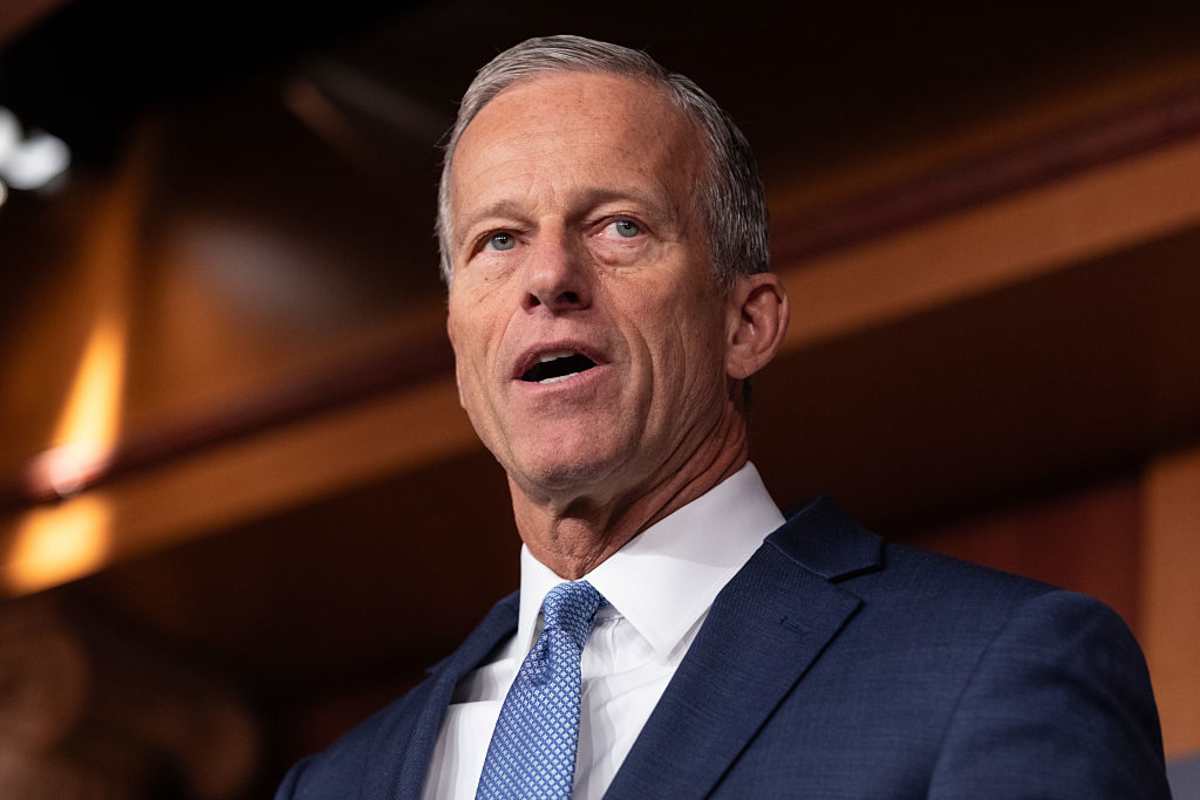
But former BEAD director Evan Feinman disputed this, saying the program had no climate-change obligations, only disaster-planning requirements to prevent infrastructure from being destroyed by hurricanes, wildfires, or ice storms. “We did use the word climate, but it had nothing to do with climate change,” he clarified.
Democrats, in turn, accused the Trump administration of stalling the rollout. On November 18, 2025, Rep.Frank Pallone Jr said Republicans had “not connected a single household to high-speed internet” nearly a year into their administration.
Despite the political fight, federal officials from both administrations now project that BEAD will begin connecting Americans to the internet in 2025-2026, meaning the claim, while technically accurate about the “zero households” figure, fundamentally misrepresents the program’s intended timeline.






